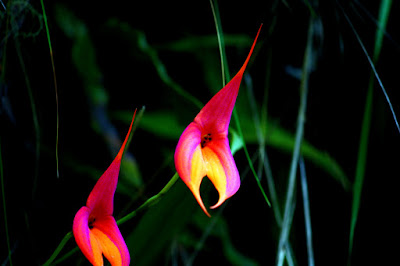You don´t need to visit museums to see how people used to live.
You can come visit this salt production ¨facility¨ in Peru.
Salty spring water is fed through a series of channels to basis, where it evaporates. People then shovel the salt into sacks, carry them off, and market the product to the wider world.
It is incredibly labor intensive, and cannot be lucrative once you realize that a pound of table salt costs less than a dollar. The raw version must fetch much, much less. At this point, the money generated by tourism probably beats the revenues from the actual salt (an entrance ticket costs a $1.75).
Other than the Europeans taking pictures, this system probably hasn´t changed in thousands of years. Wow.
 |
| Welcome to a three dimensional maze of thousands of salt basins. |
 |
| Salt water starts out in the canal by those tourists. Then, by using rocks to block a series of channels, it is directed into the pools. It takes about a month for the water to evaporate, at which point the salt is extracted. |
 |
| Each basin produces a few hundred pounds of salt per year. |
 |
| Making the hard uphill trek. |
 |
| Surreal. |
 |
| Probably relatively more accessible when you walked everywhere. It´s a precarious road to the mines. |
 |
| The textures really come out in black and white. |
 |
| Shadows on the salt. |
 |
| A natural adjacency to salt. So. Much. Stuff. |















































































